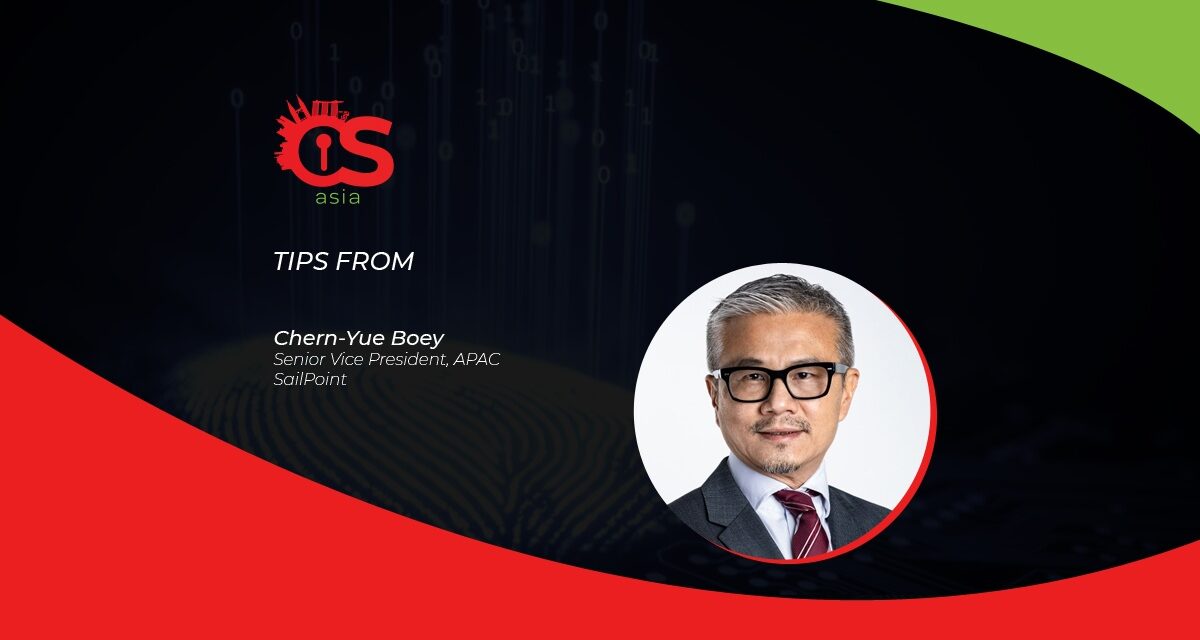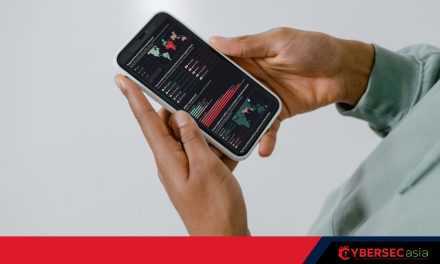Going back to ZTA basics, we are reminded of three core strategies revolving around identity and privileged access management.
As more workforces become augmented by non-human entities such as software bots, physical robots and IoT systems, it is more important than ever to ensure strong identity and access management practices to secure these identities.
This is why identity security has to be at the core of a zero trust architecture. When all network traffic is untrusted by default, the only viable security strategy is one built on identity.
With that premise established, what should organizations be looking out for, when integrating strong identity security into their zero trust security framework?
Three key strategies
A comprehensive identity security solution empowers organizations to automate the identity lifecycle, manage the integrity of identity attributes, enforce roles-based privileges in the organization, and leverages advanced technologies such as AI and ML to govern and respond to access risks.
A strong identity security program will also enable organizations to manage and govern access for all types of digital identities, to establish a zero trust framework that is able to systematically adapt and respond to ongoing changes across the organization and threat landscape. The three key principles include:
- Never trust, always verify: Enable accurate access decisions to be driven with contextual, updated identity data. With this approach, organizations need to have complete visibility of all user types and their related access, including all permissions, entitlements, attributes and roles. It is also vital to have a single source of truth by creating clean, accurate identity records that all decisions are based on, and keep identity data updated with automated identity lifecycle management.
- Deliver just enough, timely access: Enforce least-privilege using roles and complex policy logic. Organizations can grant ‘just-enough’ access using roles, fine-grained entitlements, permissions and dynamic rules. With access automation, as new users are created or roles change, access can be automatically granted and updated based on access policy.
Unused access and dormant accounts can also be automatically de-provisioned to reduce risk exposure, while detecting and preventing toxic access combinations can avoid potential fraud or theft. - Continuously monitor, analyze and adapt: Keep security up-to-date and dynamically respond as changes happen and threats are detected. Through AI-driven insights, organizations can get deep visibility and understanding of all user access, including trends, roles, outliers and relationships.
By measuring the efficacy of access controls for apps, data and cloud resources, organizations can ensure that permissions comply with policies, while monitoring risk signals from the digital ecosystem and communicating with the zero trust gateway ensures real-time enforcement of security policies.
Finally, by taking advantage of custom workflows and APIs, organizations can automate their identity security program across other cybersecurity and access systems, hybrid and multi-cloud environments; remote-working and multiple user devices.
With the above strategies in place, organizations can get intelligence and insights into access privileges, abnormal entitlements and potential risks so they can easily control access throughout the user lifecycle, automate IT tasks, mitigate threats and empower their workforce.

















